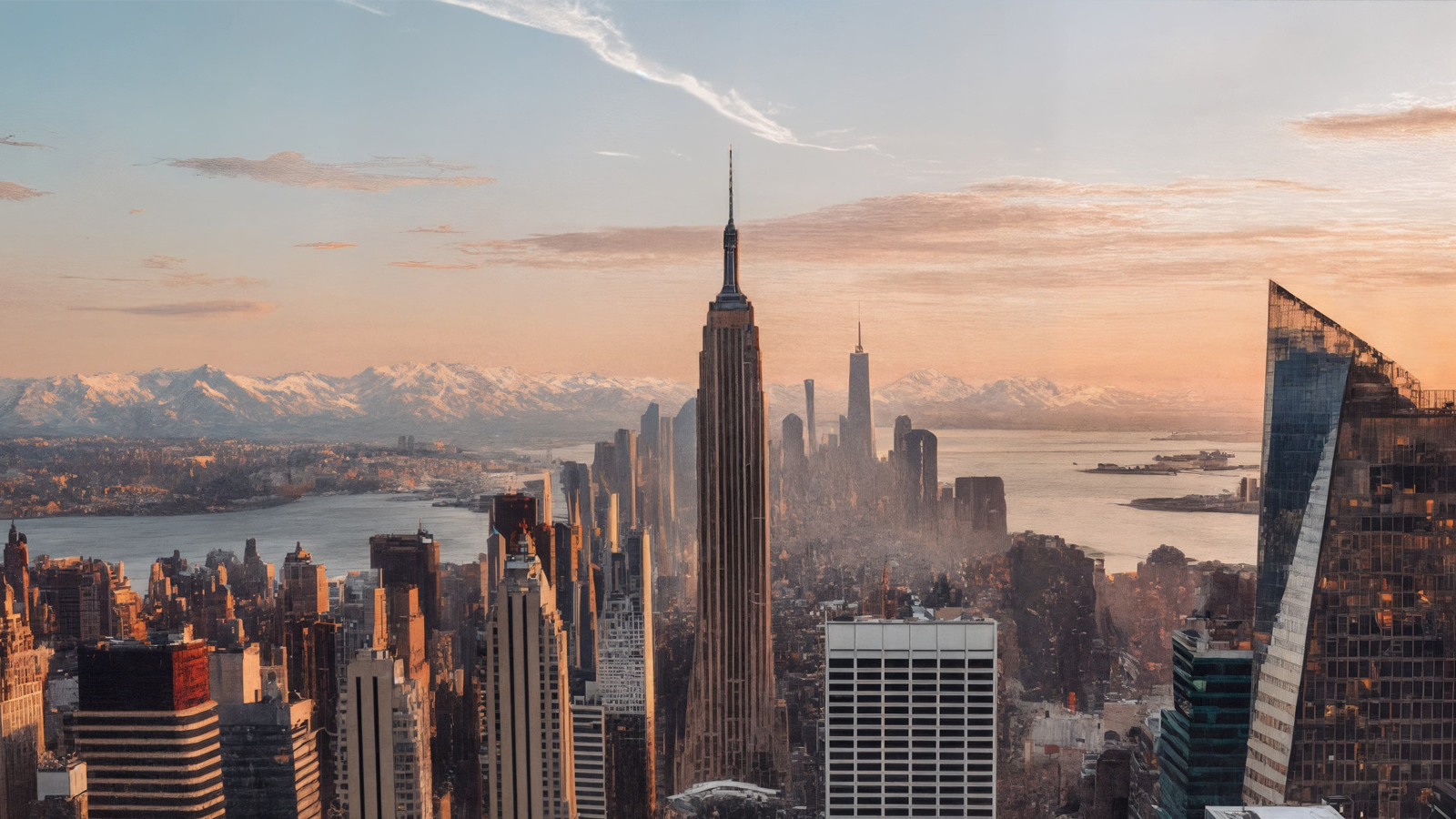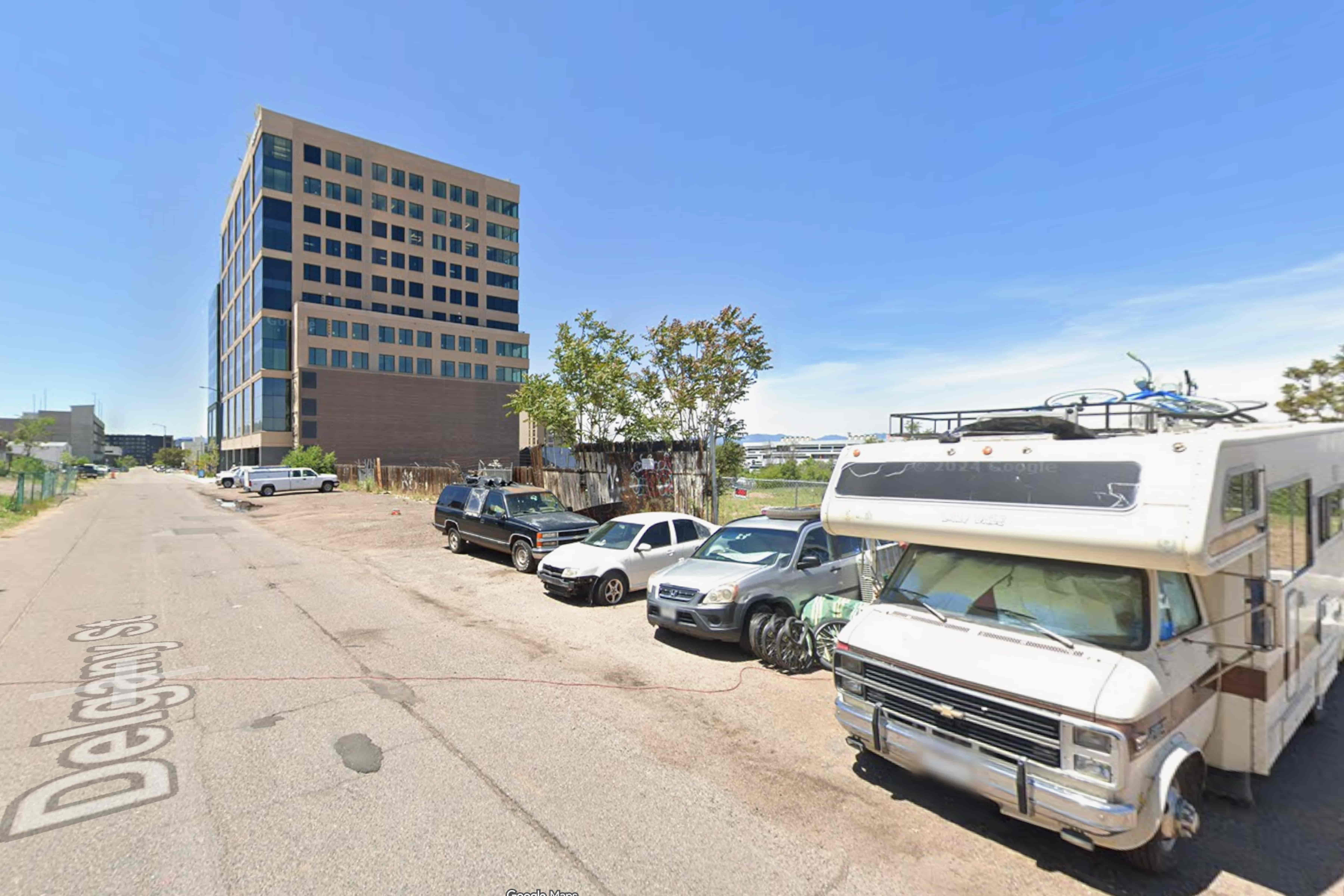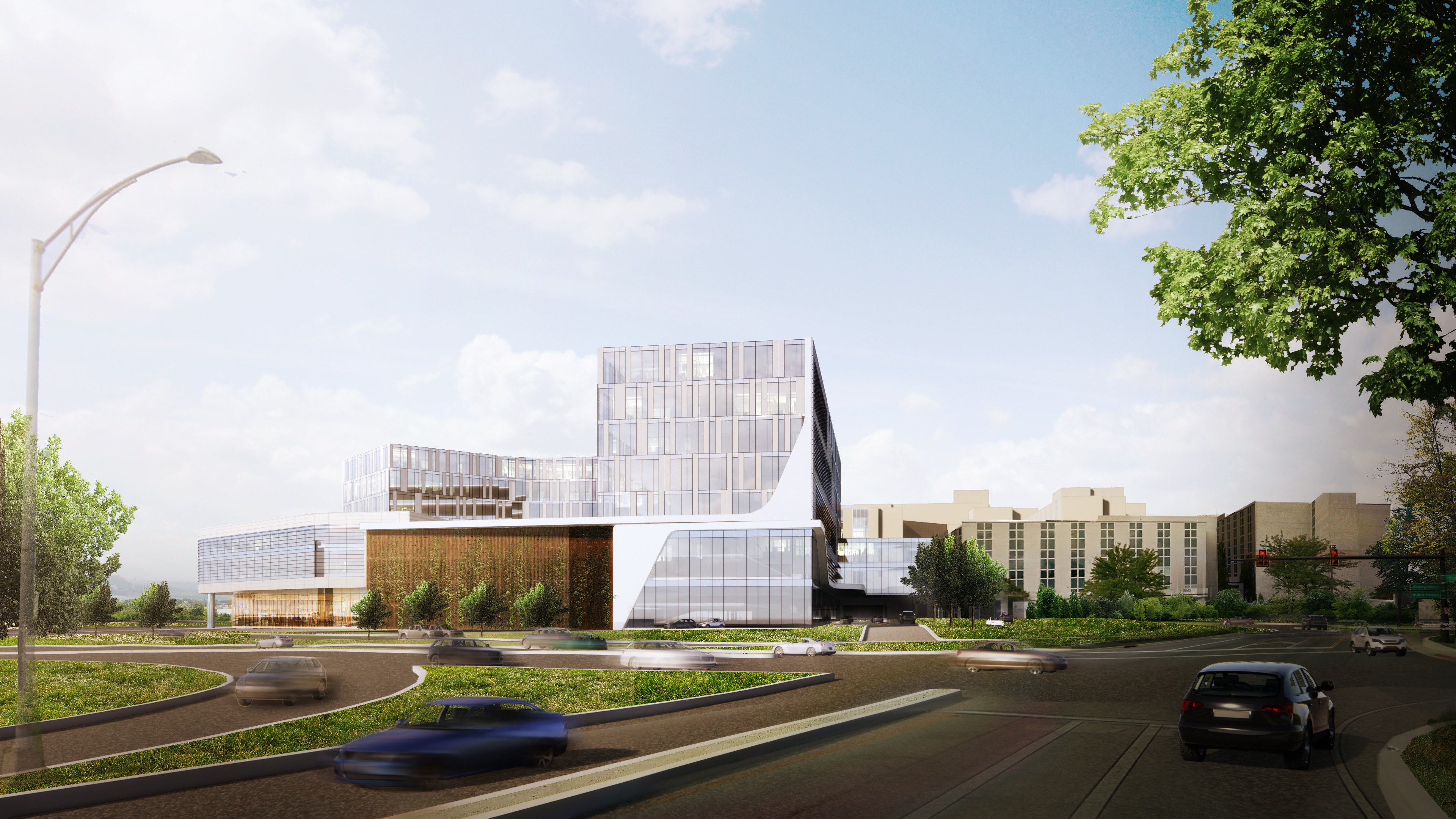Vibrant Denver: Lessons from NYC’s Architecture and Planning Successes

Denver is a rapidly evolving city grappling with the effects of major growth. This is a major inflection point for Denver to determine the direction the city wants to go with constructing the framework for future generations. As we look towards the future, there's a unique opportunity to draw inspiration from cities that have mastered the art of maximizing urban potential. When it comes to innovative, high-impact urban design, few cities offer more compelling lessons than New York City.
Strategies for a Resilient City
New York City's urban design isn't just about grand gestures; it's about decades of strategic planning, innovative policy, and a commitment to integrating diverse urban elements. Here are the top 5 lessons that we can learn from and apply to Denver:
Becoming Serious about Transit-Oriented Development (TOD):
NYC didn't just build a subway; it built a city around it. Their success lies in aggressively leveraging transit infrastructure to catalyze dense, mixed-use development. Think of areas like Hudson Yards, where a subway extension directly fueled a massive, multi-faceted urban regeneration. For Denver, this means going beyond simply having mediocre development around light rail stops. It's about proactively zoning for higher density and diverse uses immediately surrounding transit hubs. These areas should be developed around walkable, self-sufficient neighborhoods where living, working, and recreation are truly integrated with public transportation.Intelligent Density:
Denver's growing pains often revolve around density. NYC demonstrates that density isn't a problem to be avoided, but a resource to be managed intelligently. Instead of fighting density, allowing it to be haphazard across Denver, the city needs to:Strategic Upzoning:
Identifying areas where increased density is desirable (e.g., near transit, along pocket commercial corridors like Oneida and 23rd) and proactively adjusting zoning to allow for more housing and commercial space. This avoids the piecemeal, contentious fights over individual projects.Contextual Zoning:
While allowing for height and density, NYC also employs contextual zoning to ensure new developments relate harmoniously to existing neighborhood character, preserving scale where appropriate while enabling growth where it's most needed. Denver should focus on creating heirloom developments for the future instead of temporary gray boxes.Adaptive Reuse:
Some of the largest attractions that have been crafted in New York City exist with the reuse of existing structures. The High Line was an old elevated rail line that was converted into one of their most popular parks. The Domino Sugar Refinery is a converted old sugar plant that added office and housing units with an amazing public space. There are many opportunities to reuse old buildings (Zuni Plant) or the other remaining industrial buildings.
Affordable Housing Innovation:
New York's commitment to affordable housing is a continuous endeavor, employing a diverse range of strategies:Mandatory Inclusionary Housing:
This groundbreaking policy requires developers who benefit from rezonings to include a percentage of permanently affordable housing units in their projects. This ensures that as the city grows, it remains accessible to a wider range of incomes.Adaptive Reuse for Housing:
Converting former industrial buildings, schools, or even correctional facilities (like the Bayview Correctional Facility becoming affordable housing) into residential units. This leverages existing infrastructure, often with a unique architectural character, and can be a faster, more sustainable path to creating homes.Micro-Units and Co-Living:
Experimenting with diverse housing types to maximize efficiency and affordability, catering to changing demographics and household needs.
Blue-Green Infrastructure & Resilient Design:
Beyond the surface-level parks, NYC is a leader in integrating "blue-green" infrastructure to manage stormwater, combat the urban heat island effect, and enhance ecological health.Extensive Tree Planting:
An often overlooked aspect of walkability is comfort in being able to get from point A to point B. With so many surface lots, the heat island effect can turn warm walkable days into unbearable sweltering walks. Having habitable sidewalks allows for more foot traffic for businesses. Programs like MillionTreesNYC demonstrate a long-term commitment to increasing the urban canopy, which cools neighborhoods, improves air quality, and adds significant aesthetic value. Programs like Denver Digs Trees is a good start but needs to be more aggressive in targeting places where trees are needed to maintain the right of way canopy and approaching the property owner about the importance of trees. There have been many trees that were planted that have ended up dying and remaining there. Having a program to follow up and make sure that the trees are being maintained would ensure that the initial cost to grow the trees is worthwhile.Rain Gardens & Bioswales:
With projects like 16th street rainwater system, the city is focusing on hard infrastructure but there are other sustainable ways to deal with storm water. New York City has a network of curbside rain gardens and bioswales throughout the city to absorb stormwater runoff, reducing pressure on sewer systems and filtering pollutants before they reach waterways. With the hard rains that Denver experiences, the city could benefit from softer infrastructure.
Denver's Future
Denver has a unique opportunity to learn from these urban design principles, adapting them to our city's specific context and challenges. By embracing integrated transit-oriented development, intelligent density strategies, innovative affordable housing solutions, and robust blue-green infrastructure, we can build a city that is not only smarter and more vibrant but also more equitable and resilient for generations to come.


